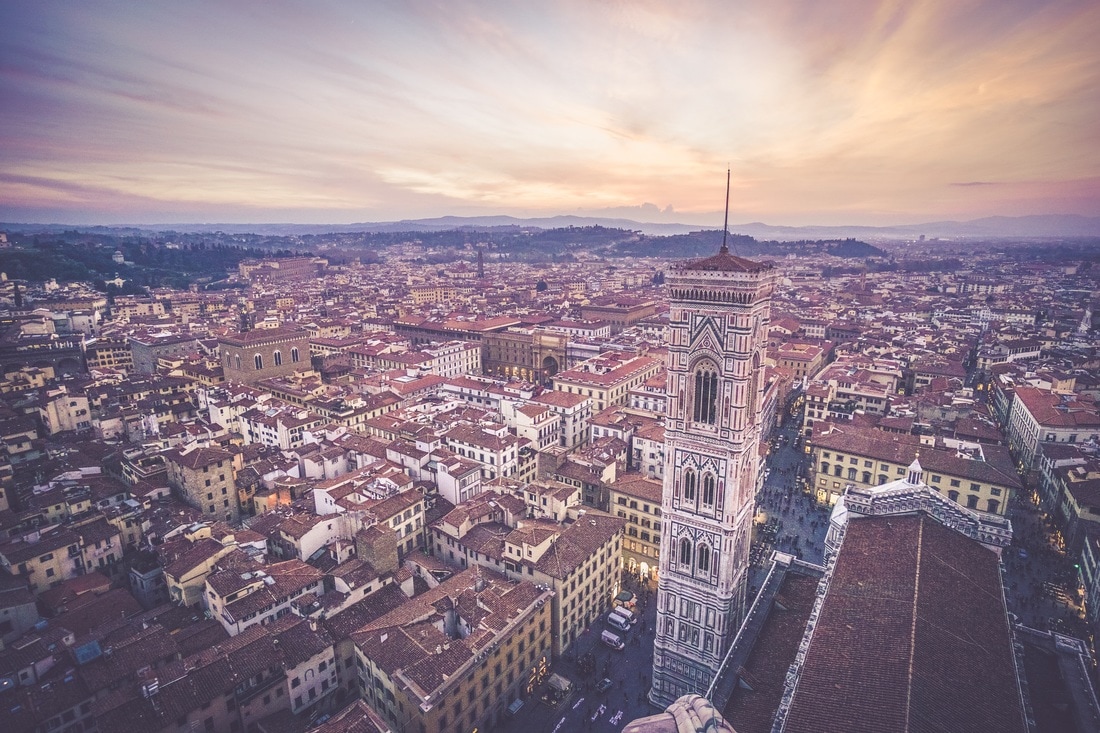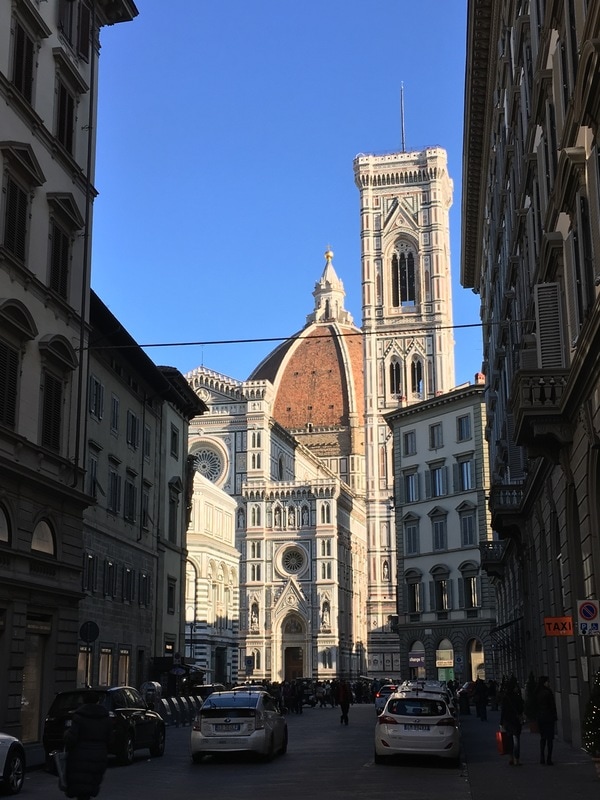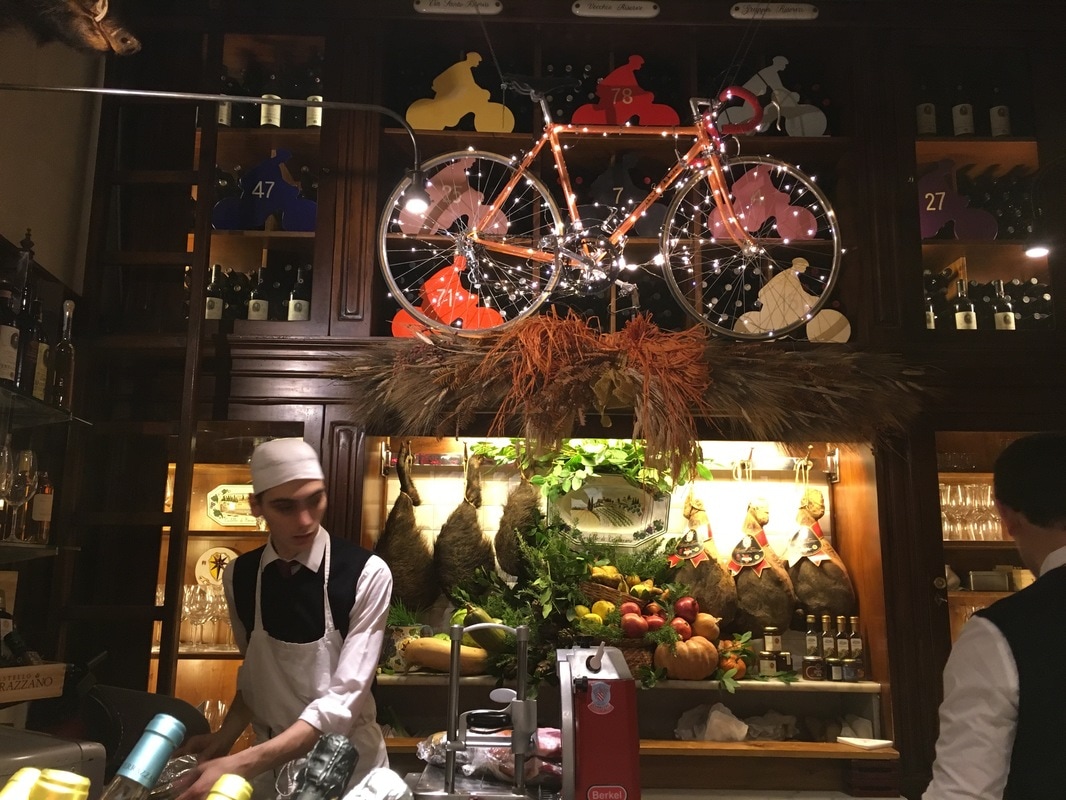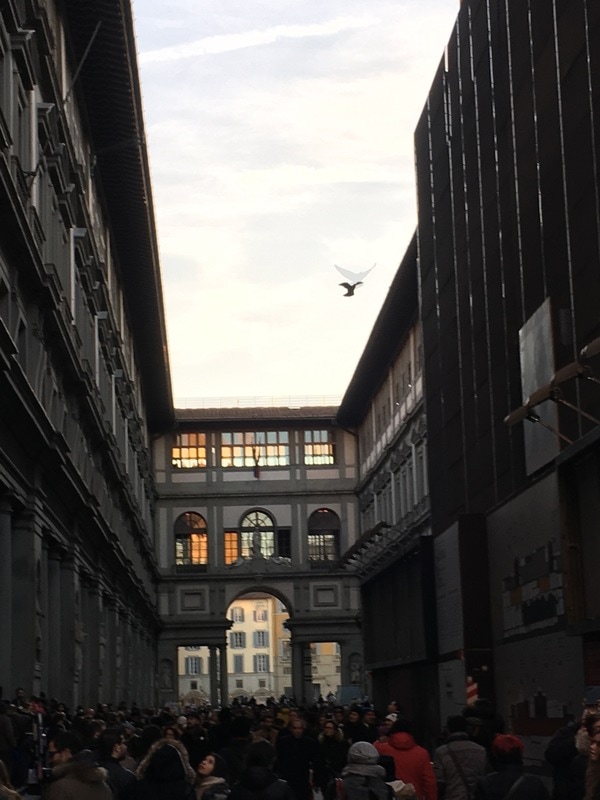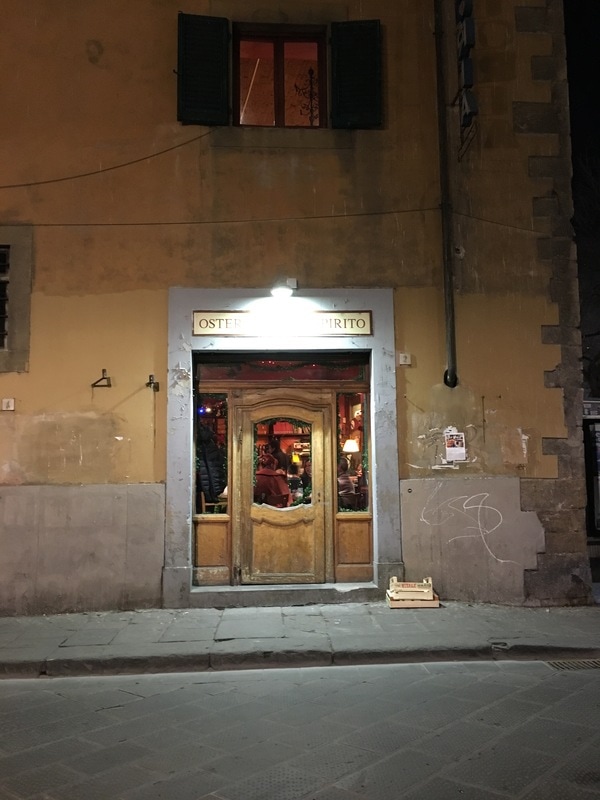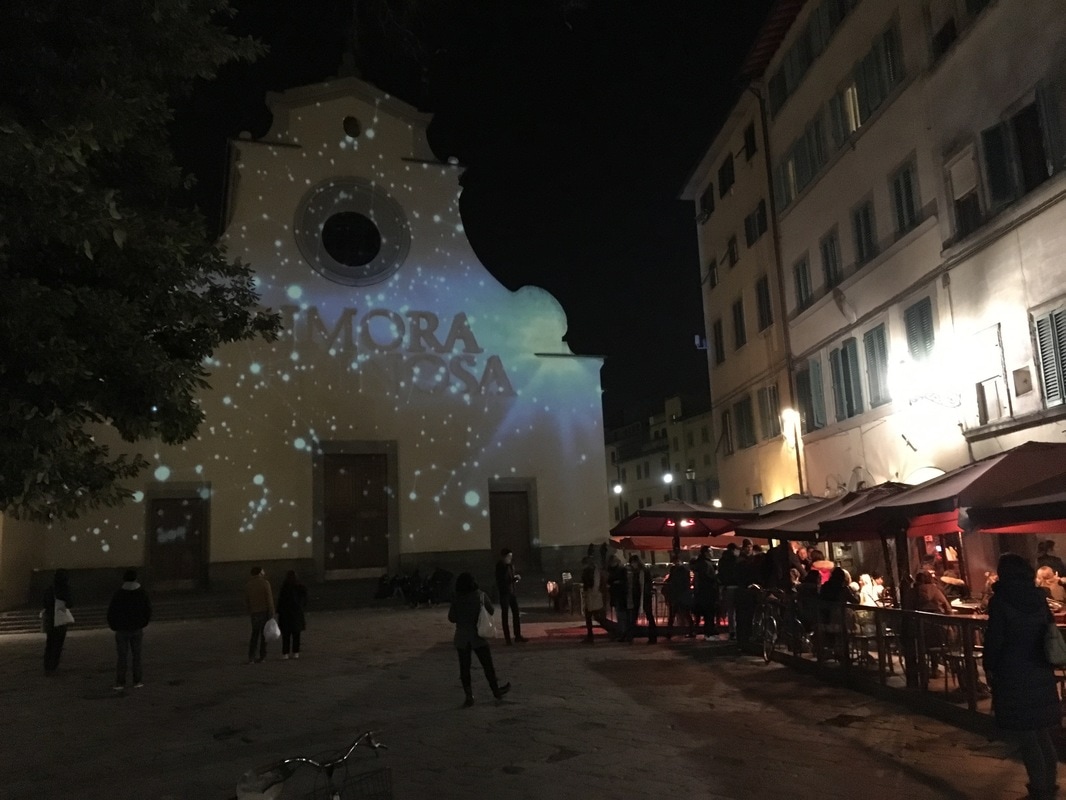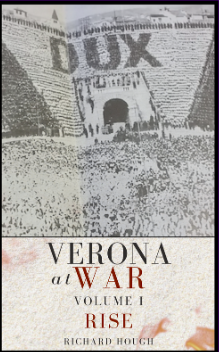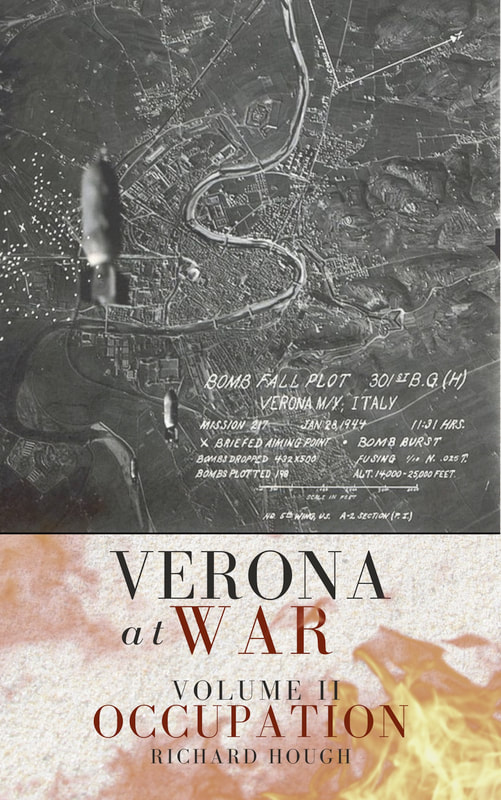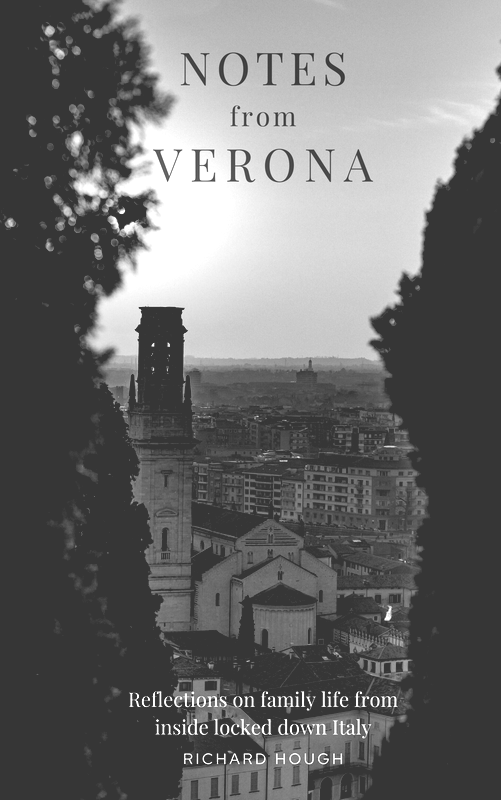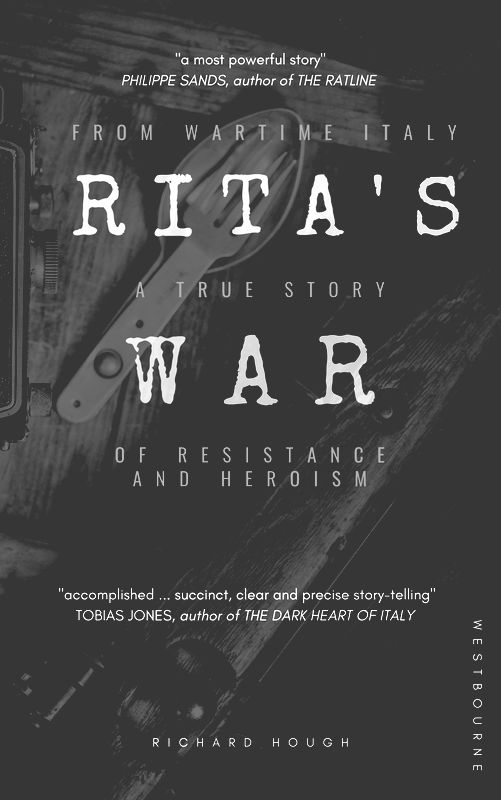|
Perhaps it was the fine Tuscan wine. Perhaps it was the strong Florentine Negronis. Perhaps it was just the time of year, that festive lull that falls somewhere between Christmas and New Year. For whatever reason, a recent trip to Florence found me in somewhat reflective mood. The topic of my reflections? Like everyone else, I was pontificating on the remarkable spate of 'celebrity' deaths that had occurred in 2016. The news of Carrie Fisher's death, which broke just as we were arriving in Florence, was the final blow in a year in which such tragedies seemed to strike with breathtaking frequency. From global icons like David Bowie, Prince, Mohamahed Ali and Fidel Castro, to national treasures including Paul Daniels, Victoria Wood, Caroline Aherne and Andrew Sachs, the full list of celebrity deaths in 2016 makes for sobering reading. Throw in monentous political events like Brexit, the election of Donald Trump and the Italian constitutional referendum and, by anyone's standards, 2016 has been a truly momentous year. But, I hear you ask, what has all this got to do with Florence? This was my first time in Florence in nearly 20 years. The last time was as a fresh faced 19 year old in the baking heat of the Tuscan summer. The intervening years have been kind to the city (if not to me). I remember a tired city, saturated by tourists, littered with shabby public spaces. It was a city that, perhaps understandably given its remarkable contribution to language, art and society, seemed to be living in the past. This time, while the city still teamed with tourists, it seemed to be coping much better with its extraordinary artistic legacy. Wide pedestrianised avenues, excellent shopping, and welcoming bars and restaurants, particularly in Oltrarno, the city's blossoming south bank. Wandering the streets, piazzas and public spaces of Florence, it is clear that the city's Renaissance treasures are still its number one attraction, but the city seems to be wearing its past so much better than I remember. With the exception of one unsavoury incident involving a frozen pizza, we ate (and drank) extra-ordinarily well. We stumbled into warm lively bars and cafes, not to mention modern public spaces, galleries and markets. Of course, the Renaissance still featured heavily on our itinerary. Florence has been described, after all, as the greatest factory of beauty the world has ever known, and it is still home to the finest collection of pictures and sculpture in the world. The Medici Dynasty Show, by the English Theatre Show, tells the fascinating story of the three hundred year reign of the Medici family who, from the early 15th to the early 18th century, bankrolled the great age of Florentine art. It was a great show and, for a philistine like me, a fantastic way to get to grips with this truly remarkable period in the city's history. Later that night, after the crowds had dispersed, we took a a spine-tingling stroll across the Piazzale degli Uffizi. The imposing statues of the great Florentines, from Giotto and Donatello, Leonardo and Michelangelo, Dante, Machiavelli, Galileo and Amerigo Vespucci (the Florentine explorer who gave America its name), gaze imperiously across the narrow piazza. In the eerie presence of such towering genius, this late-night walk through the deserted portico was a surreal and strangely moving experience. Crossing the Ponte Vecchio to the southbank, we soon found ourselves falling into a warm, welcoming and lively (despite the hour) osteria on Piazza Santo Spirito. Is it possible, I pondered over a bottle of Chianti and some delicious seafood, to compare the artistic impact of contemporary artists, including those who died last year, with the masters of the Renaissance? Will the works of Bowie, Prince, George Michael and Carrier Fisher be revered 200 years from now in the same way as those of Dante, Monteverdi, da Vinci, Botticelli and Michelangelo are still revered today? I know, it seems like an absurd comparison.
Modern pop culture is a shallow, transient phenomenon with little lasting impact. The Renaissance, on the other hand, was one of the greatest cultural movements known to mankind, bringing with it great advances in literature, art, science, politics and philosophy. How can you possibly compare the contributions of uniques polymath like Leonardo da Vinci and Michelangelo with the better half of a 1980s boy band? Of course, art is for its time. But surely some art from our age will stand the test of time, amongst which must surely be the work of David Bowie and Prince? And, I like to think, 200 years from now, teenagers might find themselves bopping along to the simple but compelling rhythm of Club Tropicana, pontificating on a time long ago when drinks were free and strangers took you by the hand. |
AboutRichard Hough writes about history, football, wine, whisky, culture + travel and is currently working on a trilogy about wartime Verona.
|
